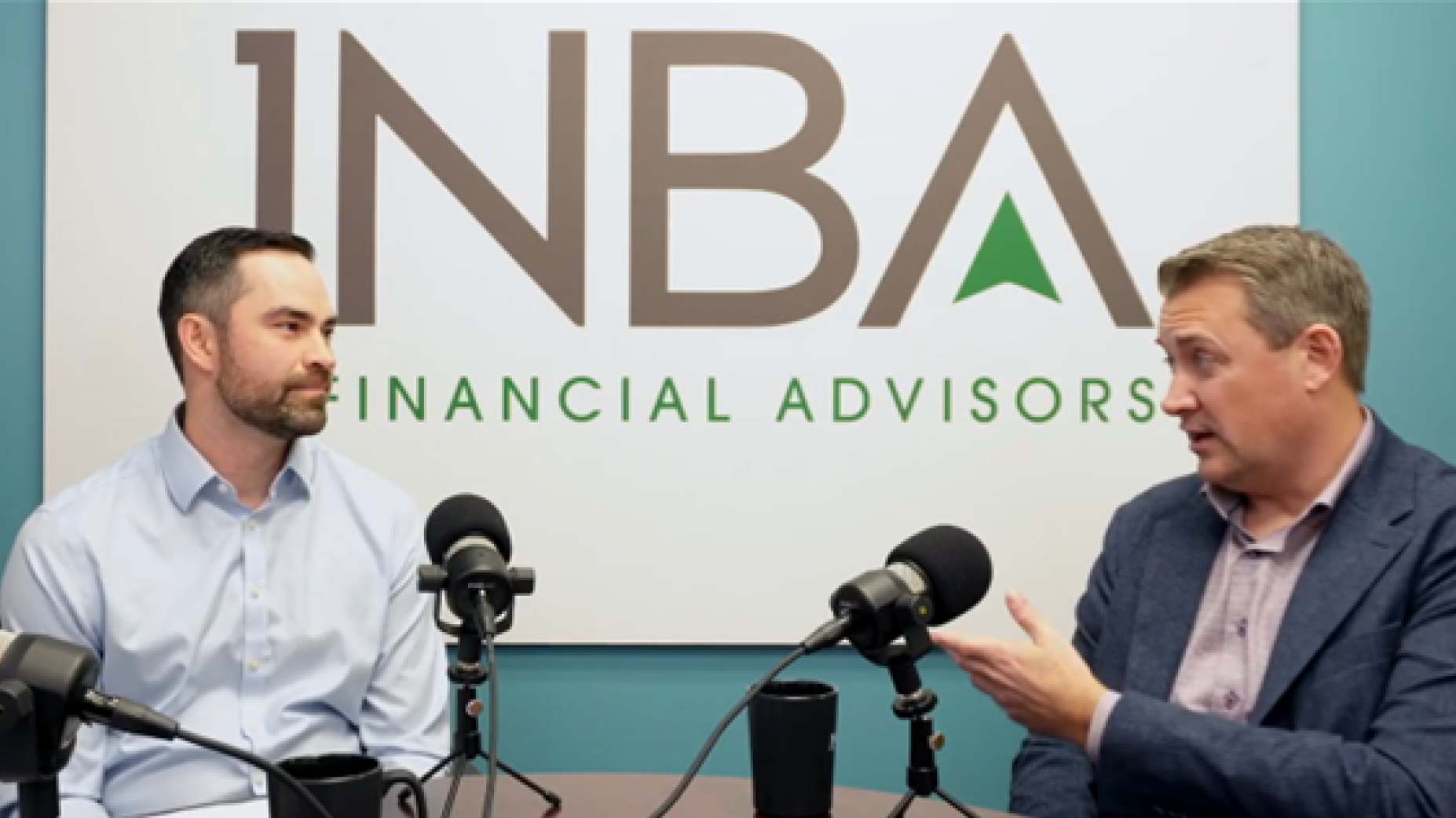Last week, the Federal Reserve raised interest rates by three-quarters of a percent for the third time since June and telegraphed that it is singularly focused on bringing inflation under control. As the U.S. dollar strengthened to multi-year highs, global stock markets tumbled back toward their June lows. The S&P 500 is currently on course for its third straight quarterly loss – the first time this has happened since the Great Financial Crisis of 2008. With still elevated pricing pressures and a tight labor market, we believe the Fed will almost surely have to raise and hold rates at the highest level seen in years to lower inflation closer to their 2% stated target. The fear that the Fed’s actions will ultimately crush the potential for economic growth is the major reason that nearly all financial markets have become unsettled in the last couple of months.
By raising the costs of doing business, higher rates are more likely to usher in a higher level of unemployment and with it, slower economic growth. The Fed has explicitly stated they are accepting of this outcome if that’s what it takes. Furthermore, bonds have become a somewhat compelling alternative to stocks and their attractiveness has increased as yields have climbed rapidly after a brief plateau this past summer. Investors can now lock in low-risk returns that in many cases exceed 3-4% (see chart).

That is not to say that bond yields can’t go a bit higher. While there are some signs that inflation is moderating in many key areas, pricing pressures remain both broad-based and elevated, which is why central banks are so hawkish. As higher interest rates make their way through the economy, demand and supply will ultimately come into better balance. Consumers and businesses will purchase and borrow less, and inflation is likely to gradually decline as the Fed continues to lift rates at their upcoming meetings. The bond market has already priced in the expectation of the Fed funds rate moving from 3-3.25% today to over 4% by year’s end.
For retirees with sufficient reserves and ongoing cash flow to meet their short-term liquidity needs, rising interest rates create larger income streams from what is typically a significant portion of their portfolio. For younger or more aggressive investors with greater stock exposure, higher rates tend to lower the value of the stock market compared to its level of earnings, one of the primary factors correlated with higher future returns.
It is clear that over time, stocks have historically returned more than bonds, but we believe the downside risk to earnings in the coming months may cloud their long-term attractiveness and limit upside potential. The Fed’s aggressive hawkishness has increased the threat of a recession and reduces the odds of a “soft landing.” As such, the JNBA Investment Committee is favoring stocks with strong profitability and balance sheets – including those with dividends – that tend to be more resilient in a tougher economic climate. While higher interest rates make stocks less attractive vs. bonds on the margin, stocks offer more upside for investors with longer time horizons due to their earnings growth potential, whereas the income stream from bonds is known as “fixed” for a reason.
Bonds have become more attractive to investors that expect inflation to simmer down but are also worried about slower growth. If there is more favorable inflation news in the coming weeks or months, it would not surprise us to see the stock market rally as it did earlier this summer, on the hope that the Fed might be able to go a bit slower or even pause rate increases – already the highest in many years. If rates rise a bit further, investors should be able to make back lost ground in bonds more quickly, with yields 2-3X what they were when we started the year. More recently, the JNBA Investment Committee has begun to favor shorter-term debt in lieu of higher cash balances and believe it offers compelling value with two-year treasury yields currently above 4%.
During market turmoil such as we are experiencing, it might be tempting to consider “selling everything” to potentially stem additional losses. However, this rarely results in a better outcome as the re-entry to financial markets often takes place at a higher level than where the selling occurred (sell low, buy higher). Determining where this bear market ultimately bottoms is impossible to predict, but fortunately is not required for individual financial success. Many investors expect today’s high inflation will need to come down further and a recession avoided (or be in the rear-view mirror) before a sustainable rally can take place. However, a confluence of events, including how aggressively the Fed will need to raise interest rates, will ultimately determine the path the market takes before starting a new bull market.
Currently, the JNBA Investment Committee sees evidence that suggests we are in a global economic slowdown which could be accompanied by steeper earnings declines. If the market hasn’t properly discounted that fact, it could create some additional downside to equity prices in the near term. Bear markets are a normal part of market cycles, and while never pleasant, they do eventually come to an end and offer an opportunity to buy or reallocate at lower prices. Over 15 bear markets since 1950, the average downturn is a loss of roughly 30% and takes just under a year to reach the bottom, while on the other side, taking a little more than 1.5 years to break even. (Currently, global stocks are down 23.8% with U.S. stocks down 22.8%.) Importantly, markets tend to start climbing far earlier than the economy does, so it is usually advantageous to purchase stocks during an actual recession or when recession fears are weighing heavily on investor sentiment.
In studying past market cycles, U.S. stocks have averaged very positive returns over one-year, three-year and five-year periods following a steep decline, much like the current drawdown in the S&P 500 from its January highs. A year after the S&P 500 has crossed into bear market territory, it has rebounded by about 20% on average, and after five years has averaged returns over 70% for investors that stick around for the return trip.
One of the best ways to handle volatile markets is to have planned for them, and investors should take some comfort that their JNBA financial plans include market drawdowns along their investment journey. Unfortunately, we do not have a crystal ball but it is clear to us that although stocks may get cheaper, they are now on sale and offer much better entry points for long-term investors, while bondholders are benefitting from some of the highest rates in 15 years.
Given the unique nature of the world and economic events that led us to this point, this investment voyage is admittedly much less clear than most investors would like. The JNBA Investment Committee will continue to monitor the relative attractiveness of different investments and asset classes, and act in faith that all corrections and bear markets have historically (and without exception) been followed by subsequent recoveries. Our bullishness towards equities will increase as inflation breaks and earnings revisions occur, at which point we think maximum investor pessimism will have been reached, thereby setting the stage for a more sustainable rally. Until that point, we will continue to review all client portfolios every 10 business days or more frequently as markets dictate, working diligently in evaluating both the risk of additional downside versus the potential opportunities that exist for intermediate and longer-term investors.
Due to various factors, including changing market conditions and/or applicable laws, the content may no longer be reflective of current opinions or positions. Moreover, you should not assume that any discussion or information contained in this blog serves as the receipt of, or as a substitute for, personalized investment advice from JNBA Financial Advisors, LLC.
Please see important disclosure information at www.jnba.com/disclosure.






